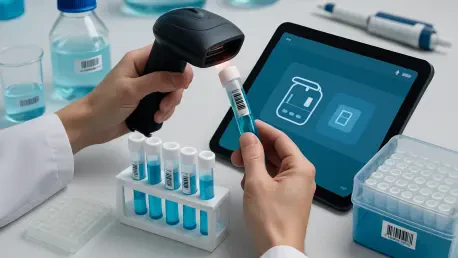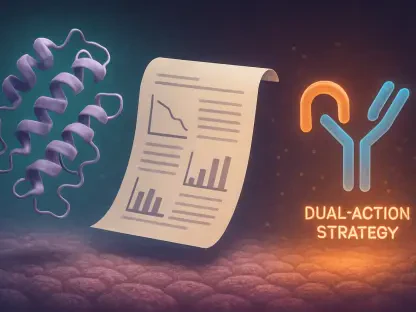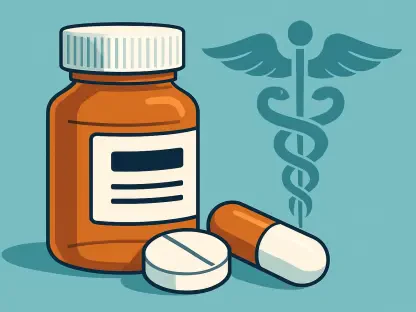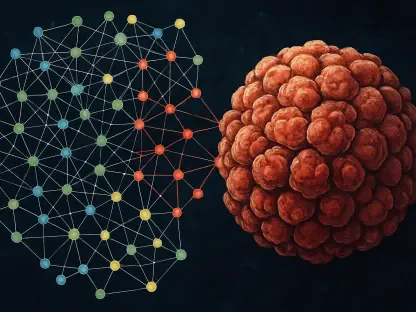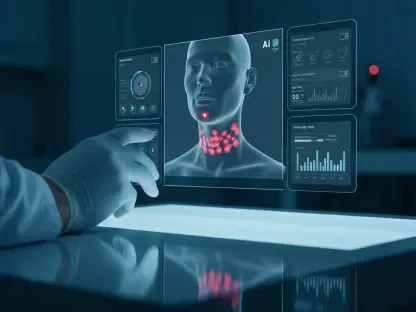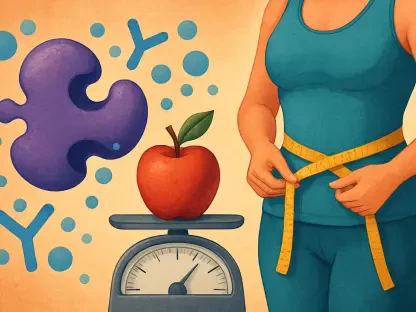I’m thrilled to sit down with Ivan Kairatov, a renowned biopharma expert with extensive experience in research, development, and cutting-edge technology in the industry. Today, we’re diving into an exciting partnership that promises to revolutionize traceability in clinical consumables, focusing on how digital innovation is tackling chain-of-identity challenges and transforming workflows in personalized medicine. Our conversation explores the impact of smart labware, the intricacies of advanced therapies, and the future of drug development.
Can you start by telling us about the partnership between Avantor and p-Chip Corporation and what it’s aiming to achieve?
Absolutely, Julia. This collaboration is all about bringing digital traceability to the next level in biopharma by co-developing what we call “smart consumables.” The core idea is to embed advanced digital identification technology into everyday labware—think vials, tubes, and slides. Our main goal is to ensure unbreakable chain-of-identity compliance, especially for personalized treatments like cell and gene therapies, where tracking patient samples with absolute precision is non-negotiable. It’s about enhancing accuracy, automating processes, and ultimately supporting better patient outcomes.
What exactly are smart consumables, and how do they function in a lab setting?
Smart consumables are standard laboratory items that have been upgraded with digital intelligence. Specifically, they’re embedded with p-Chip microtransponders—tiny silicon chips, roughly the size of a grain of salt, that act as unique digital identifiers. These chips allow each item to be tracked securely throughout a workflow. In a lab, this means you can scan a vial or a slide and instantly know its history, associated data, and current status, eliminating guesswork and reducing human error.
Why is chain-of-identity compliance such a critical issue in the pharmaceutical industry today?
Chain-of-identity, or COI, is crucial because it ensures that a patient’s sample is correctly identified and tracked from collection through treatment or manufacturing, all the way to administration. With personalized therapies, like those in oncology or rare diseases, a mix-up isn’t just a mistake—it can be catastrophic. The industry faces intense pressure to meet strict regulatory standards and maintain trust, especially as treatments become more tailored. Labs often struggle with manual tracking or outdated systems that can’t keep up with complex workflows, and that’s where gaps in COI creep in.
How does this new technology address those specific challenges around COI?
The beauty of embedding digital identifiers like p-Chip microtransponders into labware is that it creates an unbroken, automated tracking system. Each piece of labware has a unique digital signature that can’t be duplicated or lost, unlike labels that can peel off or barcodes that can smudge. This tech links every sample to its data in real time, so labs can verify authenticity and maintain COI effortlessly, even under the most demanding conditions. It’s a game-changer for compliance and peace of mind.
Which types of therapies stand to gain the most from these smart consumables?
Without a doubt, advanced cell and gene therapies are at the forefront. These treatments are highly individualized, often involving a patient’s own cells being modified and returned to them. The workflows are incredibly complex, with multiple steps where errors in identification could be disastrous. Smart consumables provide the precision and automation needed to manage that complexity. Beyond that, I see potential benefits in other precision medicine areas, like targeted cancer therapies or rare disease treatments, where sample integrity is just as critical.
How does this digital identification improve traceability compared to traditional methods labs have used?
Traditional methods often rely on manual labeling, barcodes, or RFID tags, which, while useful, have serious limitations. Labels can fall off or fade, barcodes can be damaged, and manual entry opens the door to human error. Digital identification with microtransponders is far more robust—these chips are durable, embedded directly into the labware, and provide a permanent, unique ID. This ensures traceability at every touchpoint, drastically reducing the risk of misidentification or lost samples, which is a huge leap forward.
Can you walk us through how these microtransponders are integrated into labware and used day-to-day?
Sure. The microtransponders are embedded into consumables during manufacturing, so they’re part of the item—whether it’s a vial, slide, or plate—from the start. They’re designed to withstand harsh lab conditions like extreme temperatures or chemical exposure. In daily use, lab technicians use specialized readers to scan these chips, pulling up all associated data instantly on a connected system. It’s seamless and integrates with existing digital workflows, so there’s no steep learning curve for staff.
What kind of impact do you anticipate this technology will have on the speed and efficiency of drug development?
I think the impact will be significant. By automating traceability and reducing errors, we’re cutting down on time spent verifying samples or correcting mistakes, which can slow down research and manufacturing. Steps like sample processing and quality control become faster and more reliable. This could shorten timelines for getting new therapies to market and potentially lower costs, as fewer resources are wasted on rework or compliance issues. It’s a win for both innovation and accessibility.
What is your forecast for the future of digital traceability in biopharma?
I’m very optimistic. I believe digital traceability, like what we’re seeing with smart consumables, will become the standard in biopharma within the next decade. As therapies get even more personalized and regulations tighten, the demand for foolproof tracking will only grow. We’ll likely see this tech expand beyond labware into other areas of the supply chain, creating fully connected, transparent systems. It’s an exciting time, and I think we’re just scratching the surface of how digital tools can transform healthcare.
